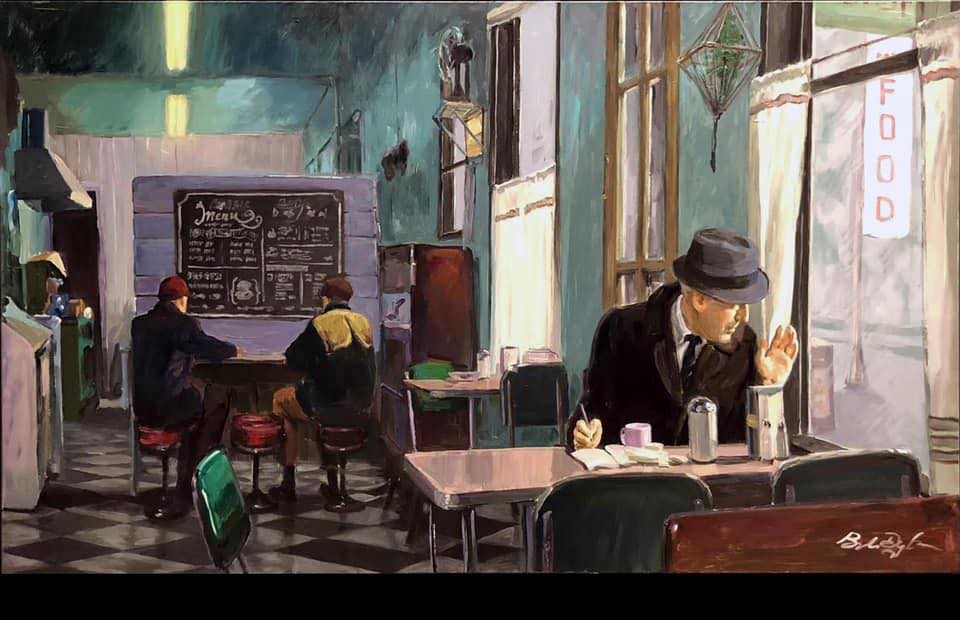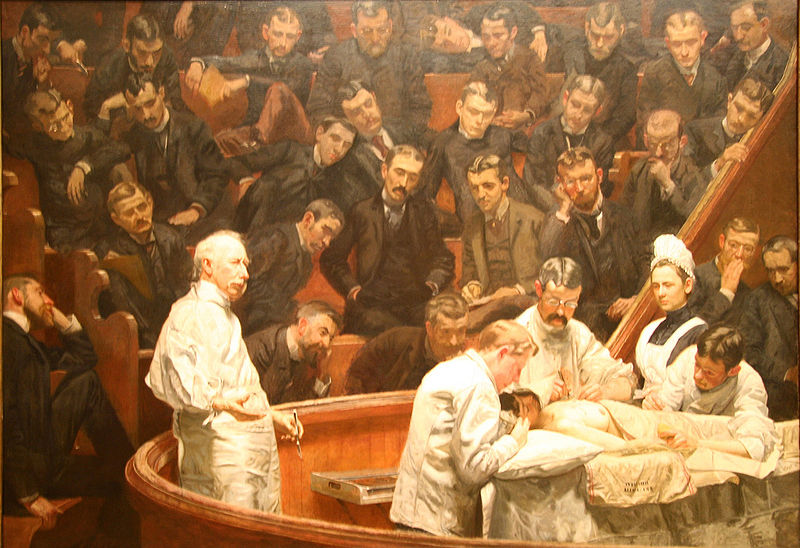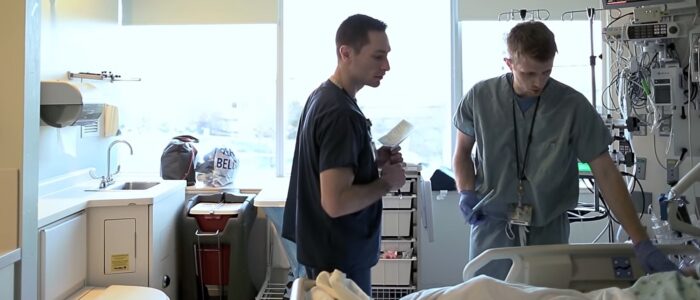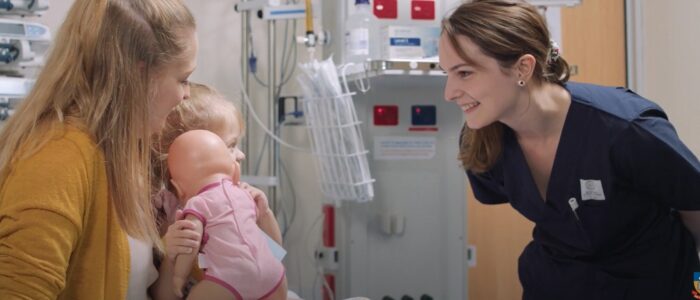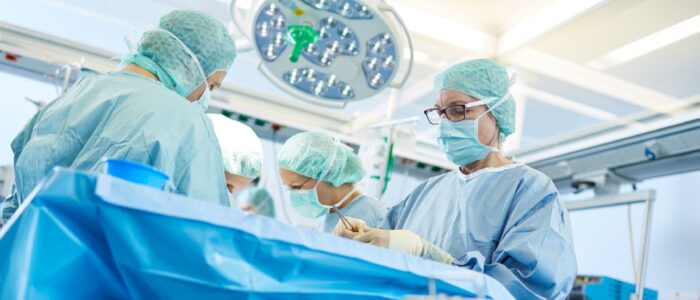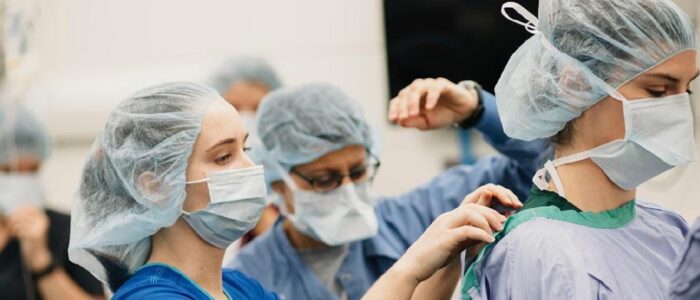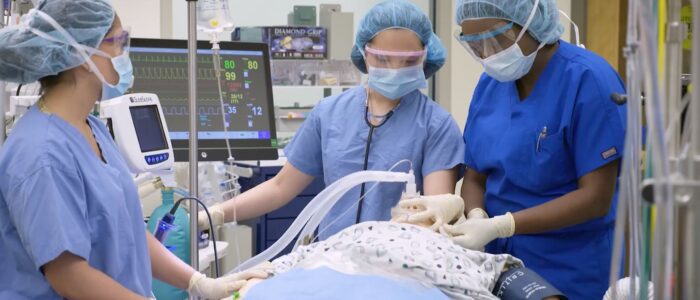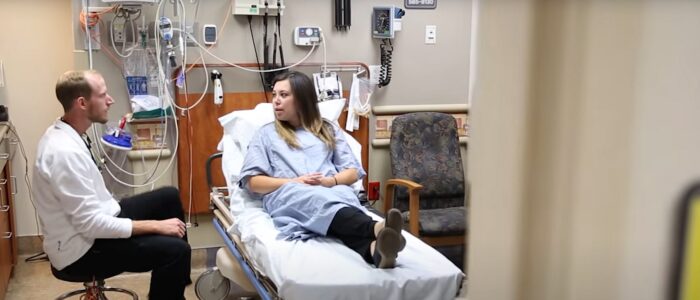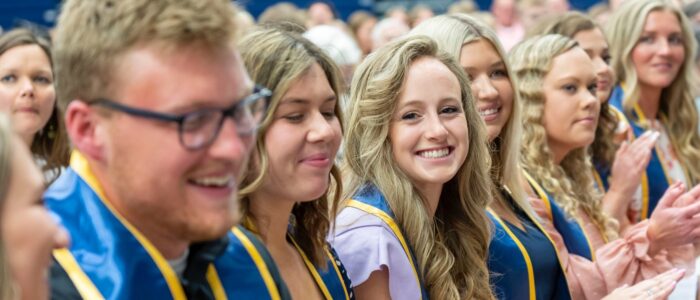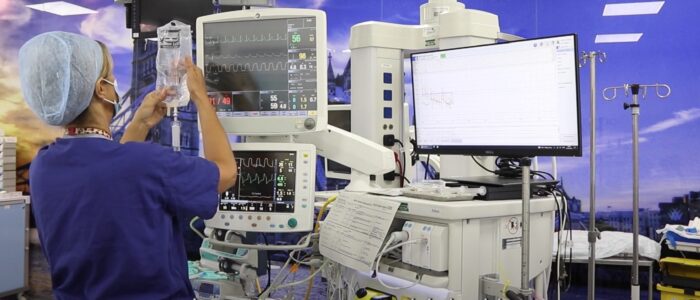Tag Archives: D1/1
- Home
- Posts tagged "D1/1" (Page 5)

Higher Learning Commission
This content is accessible to paid subscribers. To view it please enter your password below or send mike@standardsmichigan.com a request for subscription details.
Student-run coffee shop
John Marshall students to run coffee shop
“There’s a new coffee shop in Cleveland, and it’s in John Marshall High School. The “Lawyers Café” serves lattes, healthy fruit smoothies, and Rising Star coffee, and it’s completely student-run. While they brew up the drinks as baristas and handle the budgets on the finance team, all of the scholars are getting hands-on job skills and learning what it takes to run their own small business.”
American Enterprise Institute: One Nation, Under Lawyers
President George H. Bush’s prescient warning to graduates about the destabilizing dangers of “political correctness” to the American experiment in a constitutional republic. Escalated by the presidencies of Barack Obama and Joseph Biden; accelerated by multinational social media conglomerates, free speech — globally — remains challenged and threatens the return to the tribalism that doomed ancient civilizations. Higher education in America will have the heaviest hand in this transformation.
“Ironically, on the 200th anniversary of our Bill of Rights, we find free speech under assault throughout the United States, including on some college campuses. The notion of political correctness has ignited controversy across the land. And although the movement arises from the laudable desire to sweep away the debris of racism and sexism and hatred, it replaces old prejudice with new ones. It declares certain topics off-limits, certain expression off-limits, even certain gestures off-limits.”
New #CLE coffee shop! Grand opening of student-run Lawyers Cafe at John Marshall @RisingStarCoffe @CLEMetroSchools pic.twitter.com/0YUNiGbaGs
— Shannon Kantner (@ShannonKantner) April 13, 2016
Readings
Engineering a Fair Future: Why we need to train unbiased AI
OpenAI was founded in 2015 by a group of technology luminaries, including Elon Musk, Sam Altman, Greg Brockman, Ilya Sutskever, John Schulman, and Wojciech Zaremba. The organization was created with the goal of developing advanced artificial intelligence technologies in a way that is safe and beneficial for humanity. It is written in multiple programming languages, but the primary language used to build the model is Python but relies on a range of other software tools and frameworks, including TensorFlow and PyTorch for training and deploying the deep learning models, and various libraries for data preprocessing and postprocessing, such as spaCy, NLTK, and Transformers.
Since its founding, OpenAI has grown to become one of the world’s leading AI research organizations, with a team of hundreds of researchers and engineers working on a wide range of projects in areas such as natural language processing, robotics, computer vision, and more. Much like humans, ChatGPT will likely struggle negotiating “bias”. As of this posting it seems clear that the algorithm produces answers that are biased toward large central government; most likely the result of not having enough historical input about how a smaller central government is largely responsible for inventing it.
Medical Practice Electrical equipment
International Electrotechnical Commission Technical Committee TC 62 prepares international standards and other publications concerning electrical equipment, electrical systems and software used in healthcare and their effects on patients, operators, other persons and the environment. As such the work of this parent committee — which has broad implications for comparatively cash-rich multi-national medical equipment manufacturers — coordinates the work of several subcommittees; listed below:
62A Common aspects of medical equipment, software and systems
62B Medical imaging equipment, software and systems
62C Equipment for radiotherapy, nuclear medicine and radiation dosimetry
62D Particular medical equipment, software and systems
Germany is Global the Secretariat. The Business Plan is linked below:
IEC TC 62 Strategic Business Plan 2021 February
The U.S National Committee of the International Electrotechnical Commission serves as the focal point for U.S parties who are interested in the development, promulgation, and use of globally relevant standards for the electrotechnical industry. The USNC is also engaged in the assessment of conformance to standards, undertaking work in areas such as testing, certification, and accreditation. Tony Zertuche is ANSI’s point person (zertuche@ansi.org) and we encourage you to communicate directly with Tony for the most up-to-date information.
We coordinate our response to the development of IEC titles in this domain with the IEEE Education & Healthcare Facilities Committee which meets 4 times monthly in European and American time zones. When there are Committee Draft for Votes released for public consultation (CDV) we coordinate our responses with experts active in IEEE globally.
Since the scope of this committee’s work involves products (in the main) we rank it in the middle of our priority tier. Our primary interest lies with interoperability standards, all the while recognizing that there is very little difference in the way education communities respond to IEC standard proposals than the way all other stakeholders would respond. At the risk of understatement medical research and clinical healthcare delivery are a large part of the revenue of many university systems so that is why we track these titles and others.
We maintain work flow of this committee on our Health, Electrical and Nursing colloquia. See our CALENDAR for the next online meeting; open to everyone.
International Electrotechnical Commission | CDV Consultations
23 November 2021
Earlier this year one of the subcommittees of International Electrotechnical Commission Technical Committee 62 (IEC TC/62) released a redline (candidate revision) for public consultation:
IEC 63120 ED1: Refurbishment of medical electrical equipment, medical electrical systems and sub-assemblies and reuse of components as part of the extended life-cycle.
We found similar concepts running through the literature among United States consensus product developers; notably the IEEE, NFPA and NEMA. Re-use, reconditioning, recycling of electrical equipment is a priority that can contribute to the safety and sustainability agenda of healthcare enterprises in education communities so we follow it; vigilant for excessive market-making by incumbent verticals.
The comment period lapsed on March 27th but we will likely see more action in the technical committees receiving proposals from vertical incumbents making markets in medical equipment replacement parts. We track development of this and other IEC titles on our provisional workspace*:
Collaborative Workspace for IEC Consensus Products
University affiliated medical research and healthcare delivery enterprises are large stakeholders in this domain so we keep pace by collaborating with other experts affiliated with the IEEE Education & Healthcare Facilities Committee (E&H) and the IEEE Engineering in Medicine & Biology Society.
We encourage our colleagues working in university-affiliated healthcare enterprises to interact directly with the IEC by setting up a Commenting Account to access the redline linked below:
Common aspects of electrical equipment used in medical practice equipment
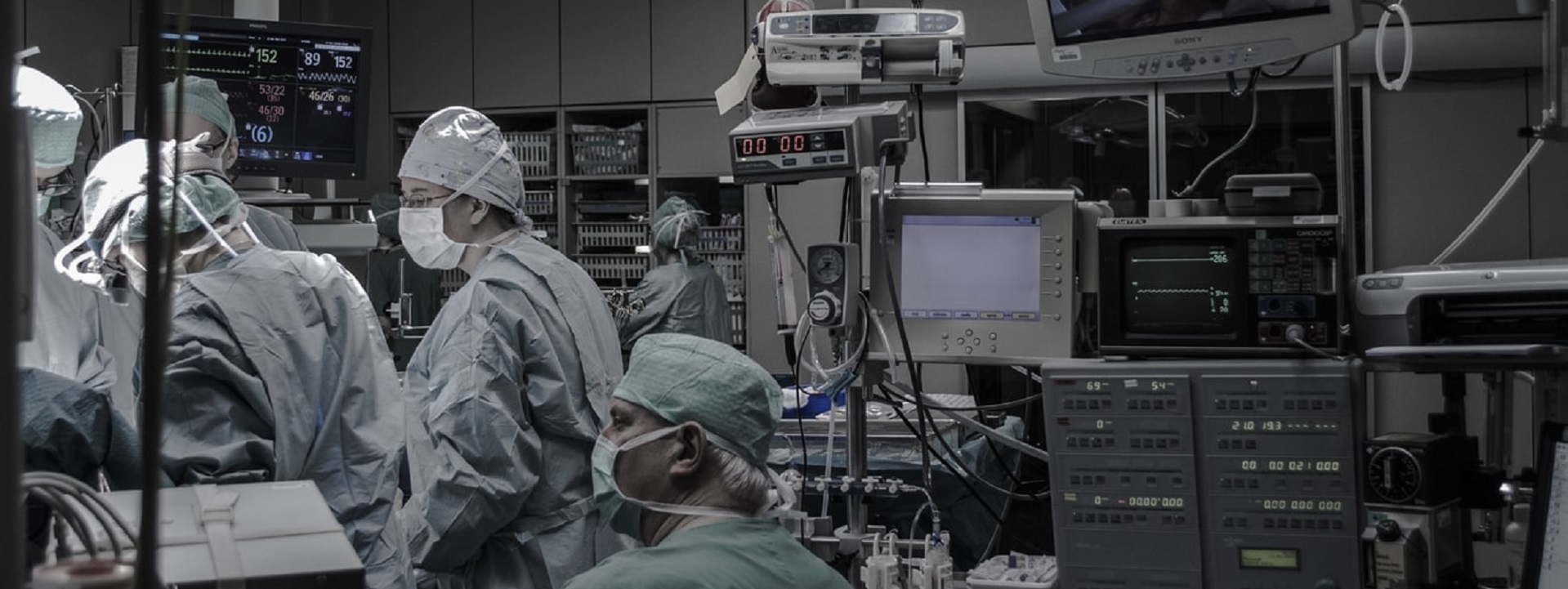
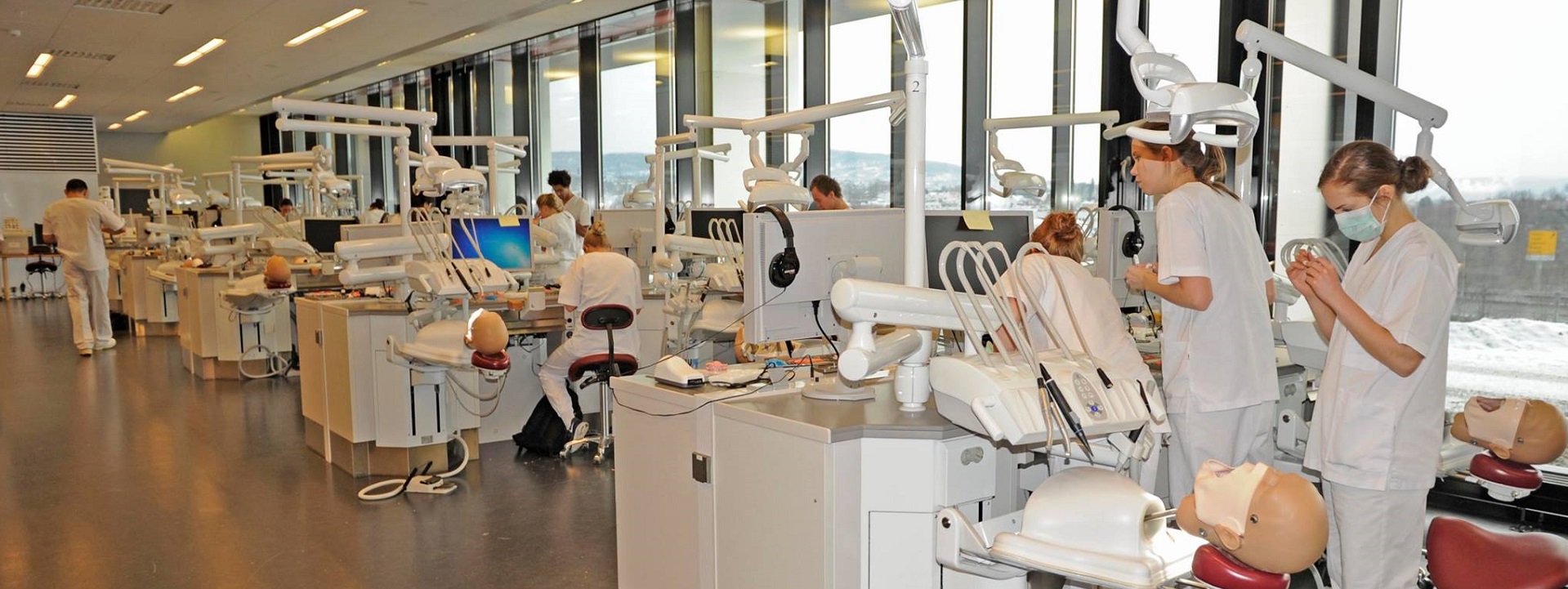


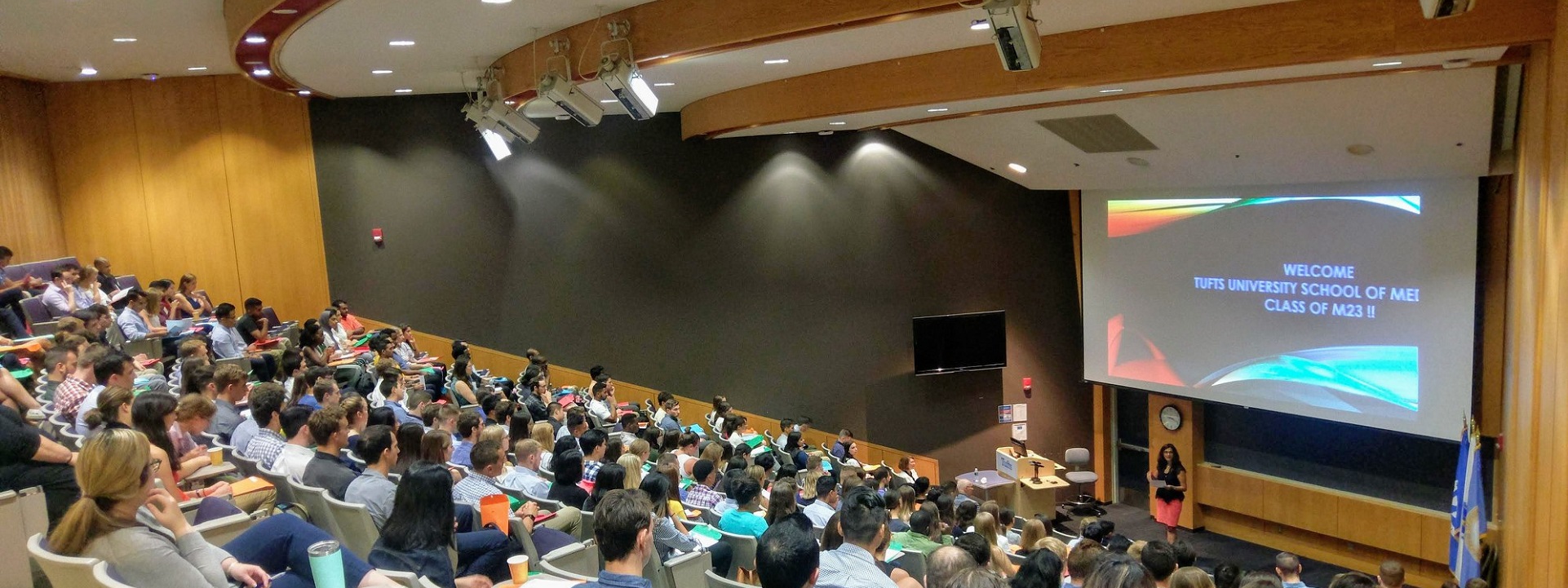
It is our custom to follow the lead of the the US National Committee to the International Electrotechnical Commission (USNA/IEC) primarily, though we have significant professional relationships with academic scholars in other nations through the IEEE Standards Association and the E&H Committee. We are happy to discuss any consensus product, any day at 11 AM Eastern time, however the expertise for responding to invitations for public comment like this is usually present during the E&H Committee meetings which take place four times monthly in European and American time zones.
Issue: [11-66]
Category: Electrical, Healthcare Facilities, International
Colleagues: Mike Anthony, Jim Harvey, Giuseppe Parise, Luigi Parise, Massimo Mitolo
*This is a carry-over workspace from the original University of Michigan facility standards enterprise — @StandardsUMich — and has been re-purposed for educational use and collaboration with the IEEE E&H Committee and the IEEE Engineering in Medical and Biology Society
LEARN MORE:
A Night in the Emergency Department
“Portrait of a Nurse from the Red Cross” 1915
Gabriel Émile Édouard Nicolet https://t.co/z0WiB6z8r0 pic.twitter.com/0ffD4iWW6N— Standards Michigan (@StandardsMich) May 4, 2022
Coffee or Tea?
This content is accessible to paid subscribers. To view it please enter your password below or send mike@standardsmichigan.com a request for subscription details.
Amerikanische Mädchen probieren Döner!!
This content is accessible to paid subscribers. To view it please enter your password below or send mike@standardsmichigan.com a request for subscription details.
New update alert! The 2022 update to the Trademark Assignment Dataset is now available online. Find 1.29 million trademark assignments, involving 2.28 million unique trademark properties issued by the USPTO between March 1952 and January 2023: https://t.co/njrDAbSpwB pic.twitter.com/GkAXrHoQ9T
— USPTO (@uspto) July 13, 2023
Standards Michigan Group, LLC
2723 South State Street | Suite 150
Ann Arbor, MI 48104 USA
888-746-3670



